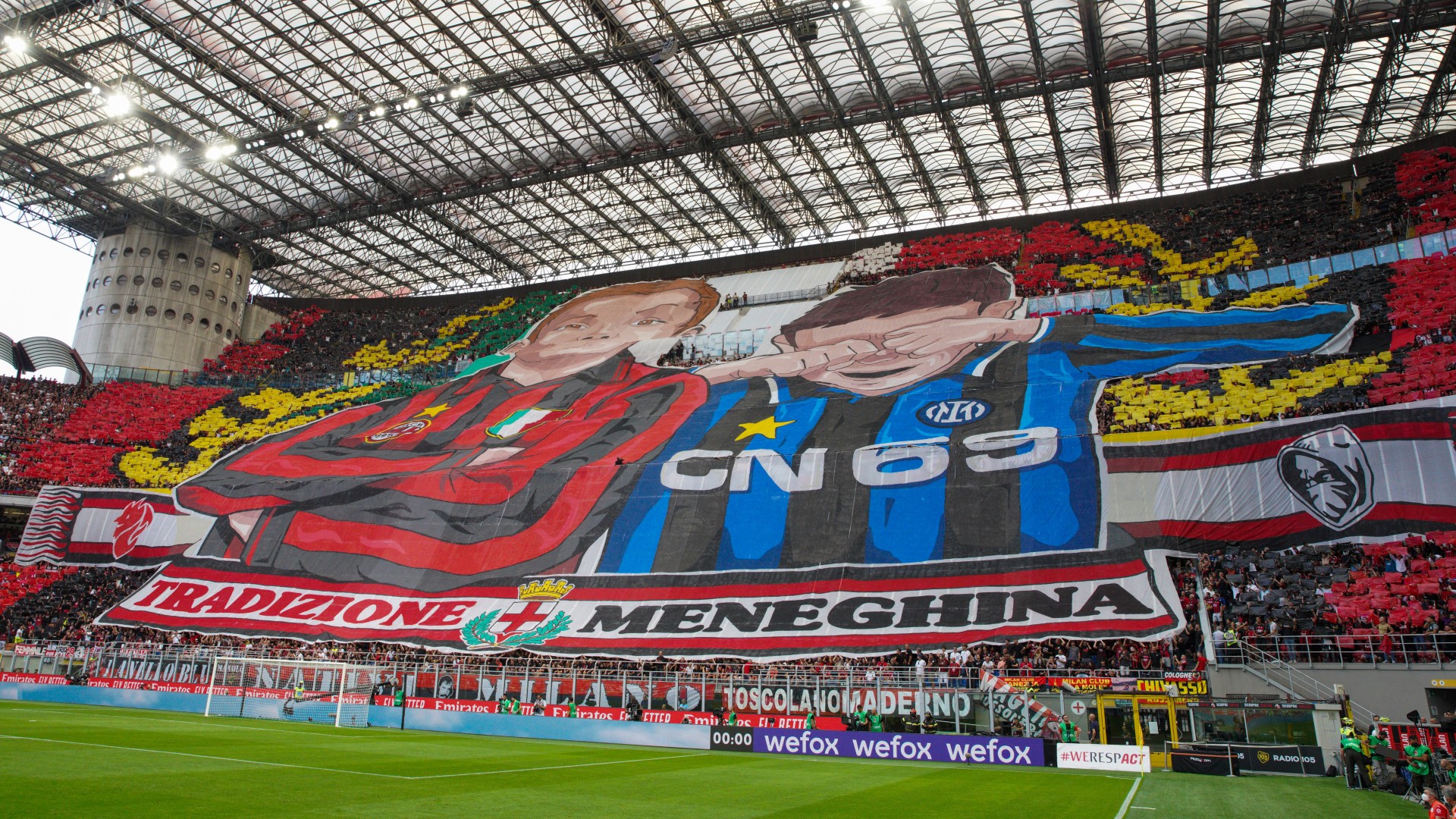A crucial step towards the demolition of the iconic San Siro begins on Wednesday when Milan hosts the first of a series of meetings with the public necessary for the new stadium proposed by the city’s two footballing giants. AC Milan and Inter Milan both insist that they can no longer stay in the current, city-owned San Siro and have drawn up plans for a new 60,000-capacity ground flanked by sport and leisure facilities on the same site, which will be completely remodeled. Should it go ahead the project is scheduled to be completed in 2030, with 1.3 billion euros being jointly invested in the development by both clubs, who say they cannot afford to build separate new grounds and need the increased revenue this project would bring. Over three years after presenting their initial project the public will now be able to scrutinize it and have their say at 10 meetings held over a month, after which a report will be presented to the city by the meetings’ independent organizers in mid-November.AC Milan and Inter ‘agree to demolish’ iconic San Siro stadium to make way for new £1bn ground. pic.twitter.com/ieE29MYEuJ— SPORTbible (@sportbible) September 20, 2022 The city can then decide whether to insist on further changes to a project which has had 50,000 square meters of development cut from it since it was first proposed, or proceed with approval. The project is divided into two main sections: construction of the new stadium in the area immediately west of the San Siro currently occupied by car parking and a local park, which the clubs want finished by September 2027. After that is built the current stadium, set to host the opening ceremony of the 2026 Winter Olympics, will then be demolished before the new facilities — including shopping, convention and sports centres, are built around a new public park.AC Milan must decide what to do with LeaoIt’s these facilities and the destruction of a symbolic stadium which have attracted the ire of some Milan residents and a sizeable portion of the city council, who are also angry at the granting of public land to private investors for a fraction of the rent the pair currently pay. Other criticisms include the significant reduction in the number of seats — of which over 10,000 could be reserved for hospitality — way down not just on the San Siro’s capacity but also the number of fans currently packing the ground.Evolution of the #SanSiro Stadium ❤️🖤#MilanInter #Milan pic.twitter.com/AKFHo3la8T— Campions of Italy #19🏆🔴⚫️ (@milan_xtra) September 21, 2022 Both Inter and Milan have been regularly getting crowds of over 70,000 as a post-pandemic wave of enthusiasm among fans has led to supporters flocking back to stadiums in big numbers across Serie A. Some pressure groups are pushing for the renovation of the current ground and dismiss Milan CEO Paolo Scaroni’s claims on Tuesday that it would be “impossible and dangerous to get 50,000 fans into a building site”, citing the redevelopment of the San Siro ahead of the 1990 World Cup which added a whole new tier to the stadium.🗣️ Paolo #Maldini to #Gazzetta: Is it better to have a stadium with Inter or on its own? It’s not a problem to share the stadium. #SanSiro is full of memories for me and for Milan fans, but the question is different: do we want to live on memories or create something new?”. pic.twitter.com/ay8wm8JrZ9— Milan Posts 🏆🇮🇹 (@MilanPosts) September 26, 2022 However Milan mayor Giuseppe Sala has repeatedly asked critics what local authorities would be able to do with a massive, unused football stadium on the outskirts of the city should the project not be approved and the clubs decide to move in order to get the new ground built. A source at Inter told AFP in the summer that any more bureaucratic bumps in the road would lead to the project being moved to the site of a former factory in Sesto San Giovanni, a town just outside Milan which is on the city’s metro network.Lukaku doesn’t plan to come back to ChelseaThe teams abandoning the area wouldn’t just leave the city with a clubless football stadium, it would also have an impact on neighborhoods which have for a long time been some of the city’s most problematic. Silvia Cavagnari, who runs a local Italian language school for foreigners, says “the people in this area couldn’t care less about the stadium project, they have much bigger problems.” And Laura Mariani, a teacher at the language school, hopes that Milan and Inter manage to get the project approved.© Agence France-Presse##NAJAVA_MECA_6677249##

